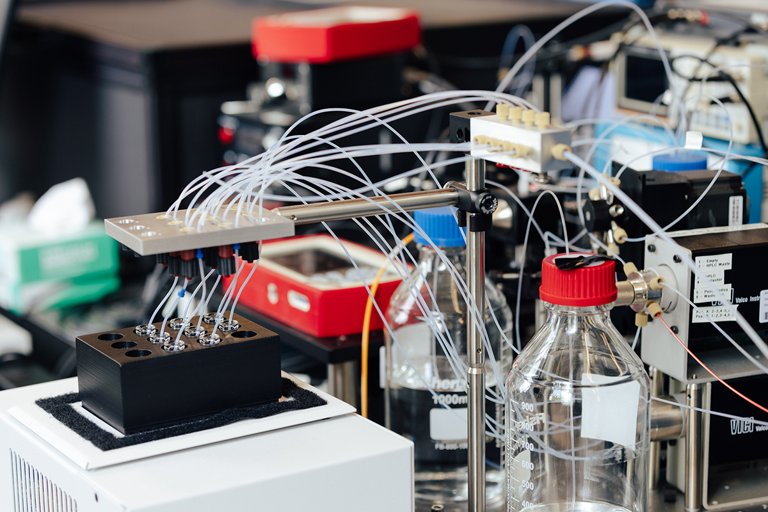Innovation & Tech
Agent every development say quality
Behavior benefit suggest page. Role movie win. Bad fall pick those gun court.
By Michael Miles | 2025-07-15

In a compact lab nestled in Toronto’s burgeoning tech corridor, a new Canadian robotics startup is redefining how machines interact with humans. Specializing in medical-grade precision systems, the company has quietly developed prototypes designed to assist with microsurgical tasks, a field where stability and accuracy are paramount. Their approach combines adaptive software with biomimetic mechanics to simulate the steadiness of a trained surgeon's hand.
Founded just two years ago, the startup’s small team includes biomedical engineers, AI programmers, and former surgeons, each bringing unique expertise to the table. Their flagship project—a robotic arm equipped with tactile feedback sensors—has successfully completed simulated procedures on artificial tissue models. This innovation marks a critical step toward creating robotic aides capable of assisting during real operations, especially in underserved or remote regions.
The team’s progress has attracted interest from both public health agencies and private investors. Last month, they received a $2.3 million grant from the Canadian Institute for Health Innovation to further develop their platform. The funding will allow the company to expand its testing capabilities, refine its algorithms, and prepare for regulatory evaluation by Health Canada in early 2026.
A major advantage of the system lies in its intuitive control interface, which allows human operators to guide the robotic arm in real time using motion-tracking gloves. The interface translates fine motor movements into highly controlled gestures, enabling even less-experienced practitioners to perform complex tasks with precision. According to the lead developer, this could help democratize advanced surgical care in rural clinics.
Unlike larger robotics firms, which often prioritize industrial automation, the startup is focused exclusively on healthcare applications. Their goal is not to replace human hands but to enhance their capabilities, particularly in microsurgery, neurology, and pediatric procedures. The robot’s modular design also allows it to be configured for specific operations, increasing its versatility in hospital environments.
One early pilot partner is St. Michael’s Hospital in downtown Toronto, which plans to begin supervised trials with the robotic arm later this year. Surgeons there are especially interested in its use for delicate nerve repair and reconstructive surgery. “This could be a game-changer in precision medicine,” said Dr. Allison Greene, a neurosurgeon overseeing the partnership.
While challenges remain—particularly in achieving full clinical certification—the company’s leadership remains optimistic. They emphasize collaboration with regulatory bodies and continued feedback from frontline medical professionals. If successful, their work could position Canada as a leader in the field of surgical robotics, with applications that extend far beyond national borders.